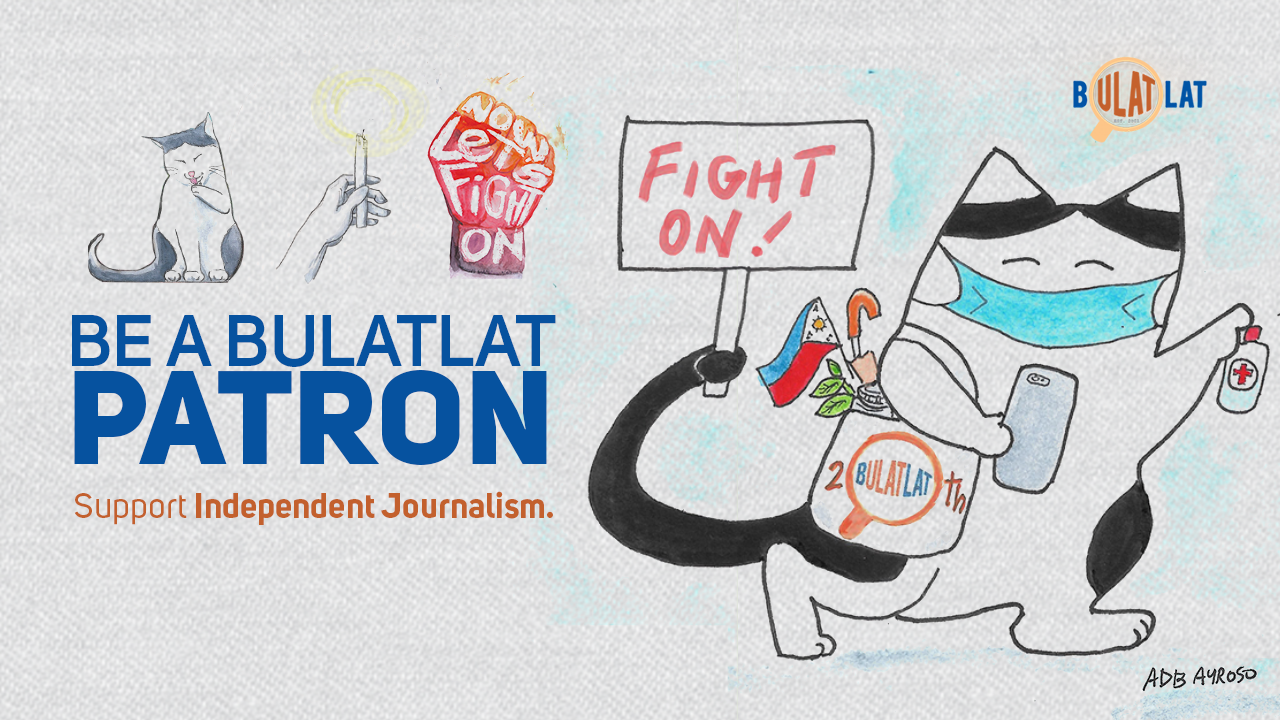
By JONAS ALPASAN
Bulatlat.com
MANILA – “Whose interests will be protected and promoted by the [proposed law on national land use]?”
The Kilusang Magbubukid ng Pilipinas, a progressive farmers group here, raised this issue in opposing the looming passage of House Bill No. (HBN) 8162 (National Land Use Act) before the House of Representatives (HOR).
Last week, the HOR approved on second reading the consolidated bill as the proposed measure was certified as urgent and a priority legislation of the Marcos Jr administration.
According to KMP, this will supposedly provide a national framework that will ensure optimum use of the country’s land resources and create a National Land Use Commission. “What we want is a pro-farmer and pro-people national land use policy that will 1) protect at all costs agricultural lands devoted to food production, including but not limited to rice and corn lands; 2) conserve, protect and improve our environment and natural resources for a balanced use intended for genuine economic development; and 3) ensure that the country’s lands, minerals, waters, flora and fauna, and other natural resources are first and foremost reserved for and utilized by the Filipino people,” KMP chairperson emeritus Rafael Mariano said.
What’s in the bill?
The consolidated bill aims to provide for a “rational, holistic, and just allocation, utilization, management, and development of the country’s land to ensure their optimum use to promote sustainable socioeconomic development and ecological protection.” It will apply to all lands and natural resources, with the exception of agricultural lands.
A National Land Use Commission will also be created to draft a new National Physical Framework Plan (NPFP) that will replace the country’s NPFP 2001-2030 as an attempt to integrate and harmonize framework plans on land use from the national to the municipal level.
It will also serve as the “highest policy making body” on the country’s land use policy and will have power to resolve conflicts arising from it, between and among government agencies and branches.
The land use policy has four major functional uses: 1) protection land use, 2) production land use, 3) settlement development, and 4) infrastructure development.
It has also identified special areas of concern like 1) forest lands and reservation of watershed, 2) coastal zones, 3) settlement developments, 4) National Integrated Protected Areas System (NIPAS) areas, 5) agricultural lands, 6) energy resources, 7) industrial development areas, 8) tourism development areas, 9) infrastructure development, and 10) agroindustrial development.
Sustainable development yet ban on agri land conversion is rejected
The proposed law indicates that prime agricultural lands shall be protected from conversion, subject to mandatory consultation with concerned government agencies.
KMP, however, expressed its apprehension over the bill as the HOR rejected a ban on the conversion of agricultural lands devoted to food. Mariano, a former agrarian reform secretary, said that “ensuring land use for food production is a paramount duty and obligation of the State.”
“However, [HBN] 8162 puts primacy in land use for private interests such as mining and energy, promotion of sustainable tourism, development of transport systems and urbanizable areas, and other endeavors for ‘future development.’ Worse, this proposed national land use policy could even complement the economic ChaCha that seeks to allow 100 percent foreign ownership of land,” he stressed.
Gabriela Women’s Party, in the amendment it submitted to the House Committee, has, among others, sought for the protection of agricultural lands from any form of conversion “at all cost.” It also sought for the suspension, review, and reversal of policies and programs that allowed conversion of agricultural lands to so-called estates such as high-end subdivisions and golf courses, to name a few.
These, however, were rejected at the committee level.
“What we have been advocating for the longest time is a national land use policy that is consistent with the goals of agrarian reform, rural development, and national industrialization to determine and develop the sections of land suitable for agricultural, industrial, reservation, recreational and other uses as well as to prevent the alienation of lands, marshes, lakes, rivers and the like to ensure sustained and self-reliant development as well as ecological balance,” Mariano said. (RTS, DAA) ![]()


